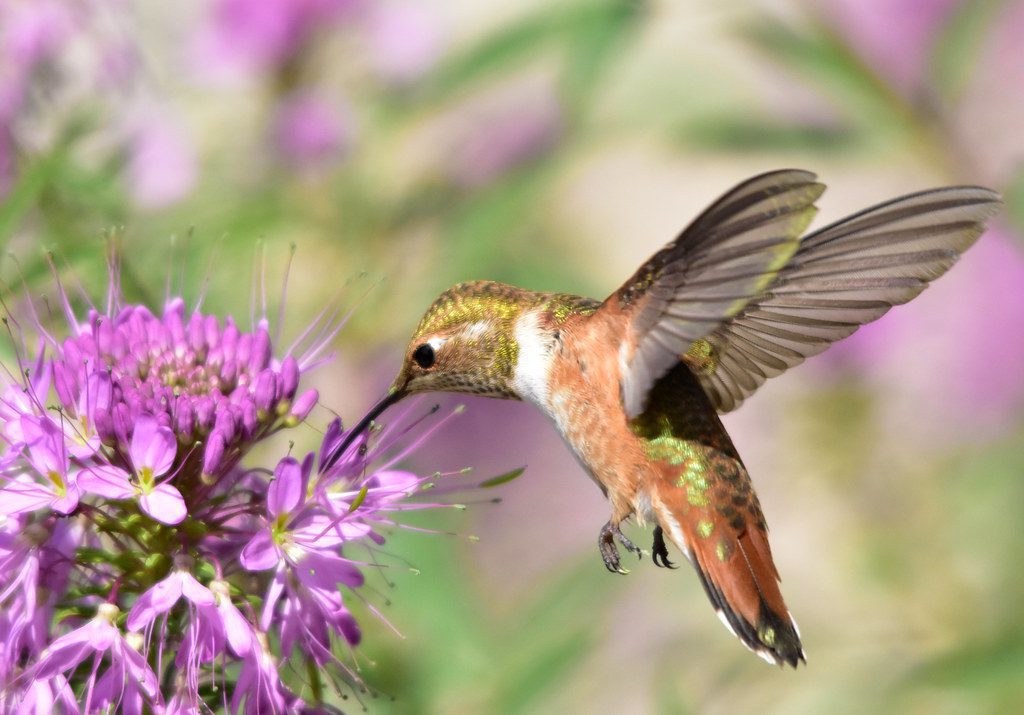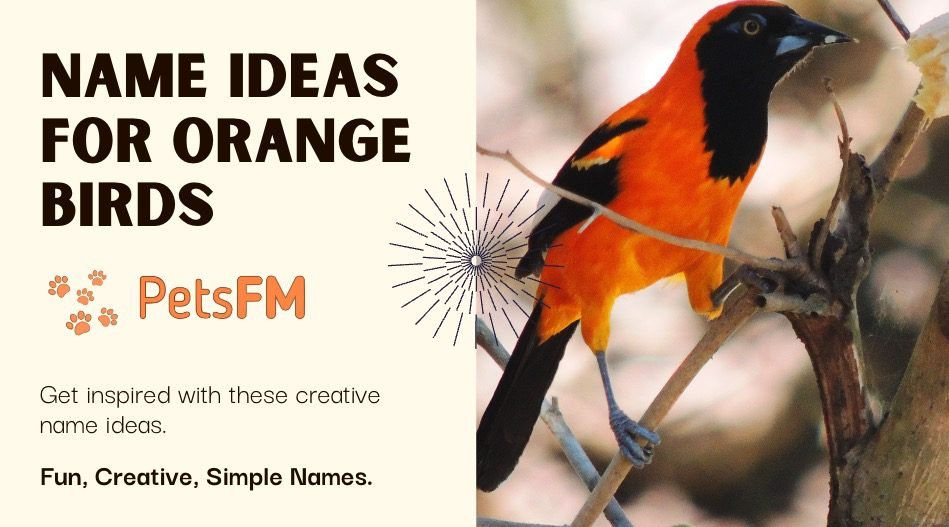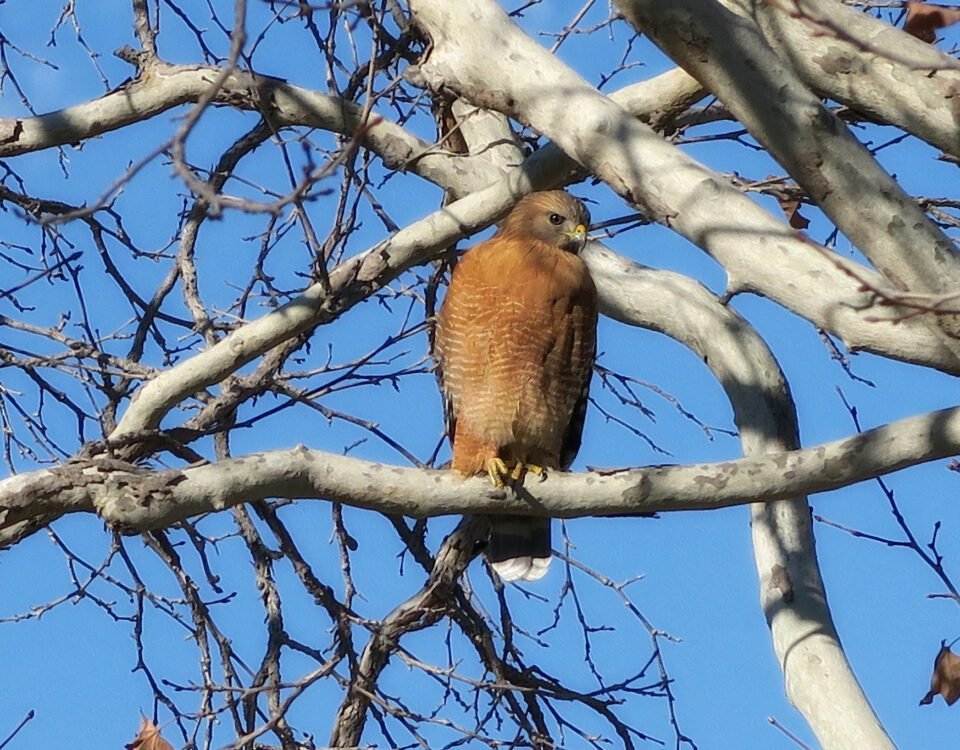


Can Dogs Eat Birds? Is It Safe & What To Know!
October 11, 2023


Can Birds Eat Boiled Potatoes? Is It Safe For Them?
October 11, 2023Hummingbirds, with their rainbowy feathers, rapid wing beats, and long beaks, are captivating in many gardens. As gardeners and bird enthusiasts set up nectar feeders to attract these tiny aviators, they might notice another visitor: ants. This naturally leads to the question: Can Hummingbirds eat ants? Here’s a quick answer:
Yes, hummingbirds can eat ants. Although they primarily feed on nectar and sweet sugar water from feeders, hummingbirds consume various insects for protein, including ants. However, while they prey on insects like beetles, mosquitoes, and flies, ants aren’t their primary choice for consumption.
In this article, we’ll explore the relationship between hummingbirds and ants, shedding light on their interactions and keeping insects away from hummingbird feeders.
Interesting Read: What Are The Laws Behind Keeping Hummingbirds As Pets?
Hummingbirds And Ant Relationship
Hummingbirds have a diverse diet that includes nectar and various insects. While they primarily consume flower nectar, they also eat insects to supplement their nutritional needs with essential proteins and fats.
Ants can be part of a hummingbird’s diet, but they are not a primary food choice. Instead, hummingbirds tend to favor softer-bodied insects and spiders.


Ant Problems With Hummingbird Feeders
The dynamics between hummingbirds and ants isn’t just about potential food sources. Aggressive ant species often reach hummingbird feeders, lured by the sugar water or nectar. Such an attraction can cause several issues.
Ants can block the feeding ports with their bodies, and sometimes, their presence can discourage hummingbirds from approaching the feeders. Additionally, for those who enjoy bird watching, ants assembling around feeders can quickly turn into an unwelcomed disturbance.
Editor’s Pick: Why Hummingbirds Are More Active In The Rain? EXPLAINED!
How To Keep Away Ants From Hummingbird Feeders?
For hummingbird enthusiasts, the constant intrusion of ants can be a frustrating challenge. But with the right tactics, you can keep these pesky invaders at bay and ensure a peaceful feeding space for the hummingbirds:
Ant Moat
A classic and effective solution, the ant moat—built into feeders or as a DIY addition—serves as a water-filled barrier. By consistently keeping the moat filled and ensuring no bridging elements on the feeder pole, you can create a deterrent that ants will find difficult to bypass.
Slippery Barriers
Consider adding slippery or oily substances to the parts of the feeder from which it hangs, such as the hanger rod. These slick barriers, often using substances like silicone sealant, make it tough for ants to climb across. Commercially available ant guards and ant moat guards also employ this principle to fend off ants.
Alternative Feeders and Placement
Using different feeder designs, like tray feeders or those with built-in ant moats, can provide added protection. Additionally, positioning the feeder away from known ant trails or out of direct sunlight (which can attract more ants) can make a difference.
For added protection, consider hanging the feeder over a body of water or using a pole placed in water, forming a natural deterrent.
Repair Feeder Leaks
Ants are naturally drawn to sweet smells. Regularly inspect your hummingbird feeder for cracks or leaks that could release the sugar water, a primary attraction for ants. Most commonly, the presence of ants is a result of such leaks.
Extreme heat can cause feeders to expand, leading to cracks. So, frequent checks, especially in warm weather, are essential. It’s advisable to avoid placing your feeder in direct sunlight to minimize this risk.
Additionally, ensure the feeder isn’t positioned where strong winds could knock it over. If it does fall, inspect for damage before rehanging. Tighten any loose components, seal any leaks, and consider replacing the feeder if it’s irreparable. Unaddressed leaks can quickly turn your hummingbird haven into an ant magnet.


Hummingbird Feeder
Using Plant Repellents:
Interestingly, ants have a distaste for specific plants. They strongly dislike the aroma of bay leaves, so rubbing or placing these leaves around your feeder can deter them.
Another effective natural repellent is mint. You can ward off these persistent insects by tying bay or mint leaves to the feeder pole or the fishing line from which the feeder hangs.
Additionally, planting mint near the feeder’s location is a preventive measure. Growing mint is relatively simple; it requires moist, rich soil and can thrive in shaded and sunlit areas.
However, be mindful of its invasive nature and plant it in spots where you can manage its growth, whether that’s dedicated garden space, a windowsill, or a patio pot. This way, you maintain an ant-free zone for your hummingbirds while adding a fragrant touch to your space.
Regular Maintenance
Keeping the hummingbird feeder clean is of utmost importance. Regular cleaning ensures that the sugar water remains fresh and ant-free. It also stops the growth of potentially harmful mold, ensuring the birds feed in a healthy environment.
Related Read: Do Birds Like Birdhouses? How to Attract Birds to Your Birdhouse
Final Thoughts
Having explored the question, “Do hummingbirds eat ants?” we can reflect on what this understanding means about our connection to nature.
The interaction between hummingbirds and ants is more intricate than just a straightforward predator-prey relationship. It highlights a delicate equilibrium, likened to a dance where every move is significant.
You’re actively engaging in this natural ballet when you set up or fill a hummingbird feeder in your garden or backyard. Each effort you make to keep the feeder ant-free contributes to fostering a balanced environment that recognizes and respects the contributions of all its inhabitants, including the often-underappreciated ants.



